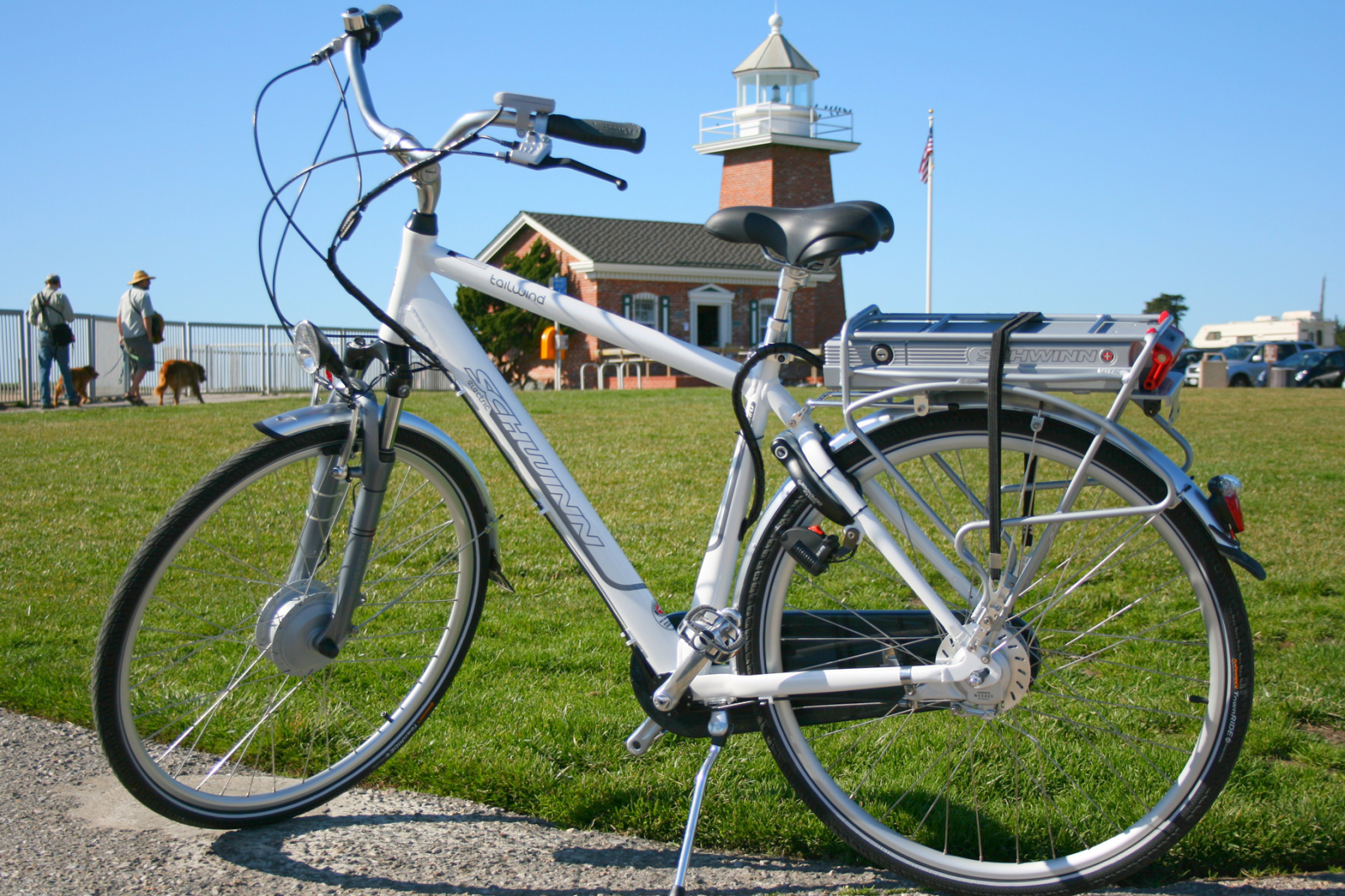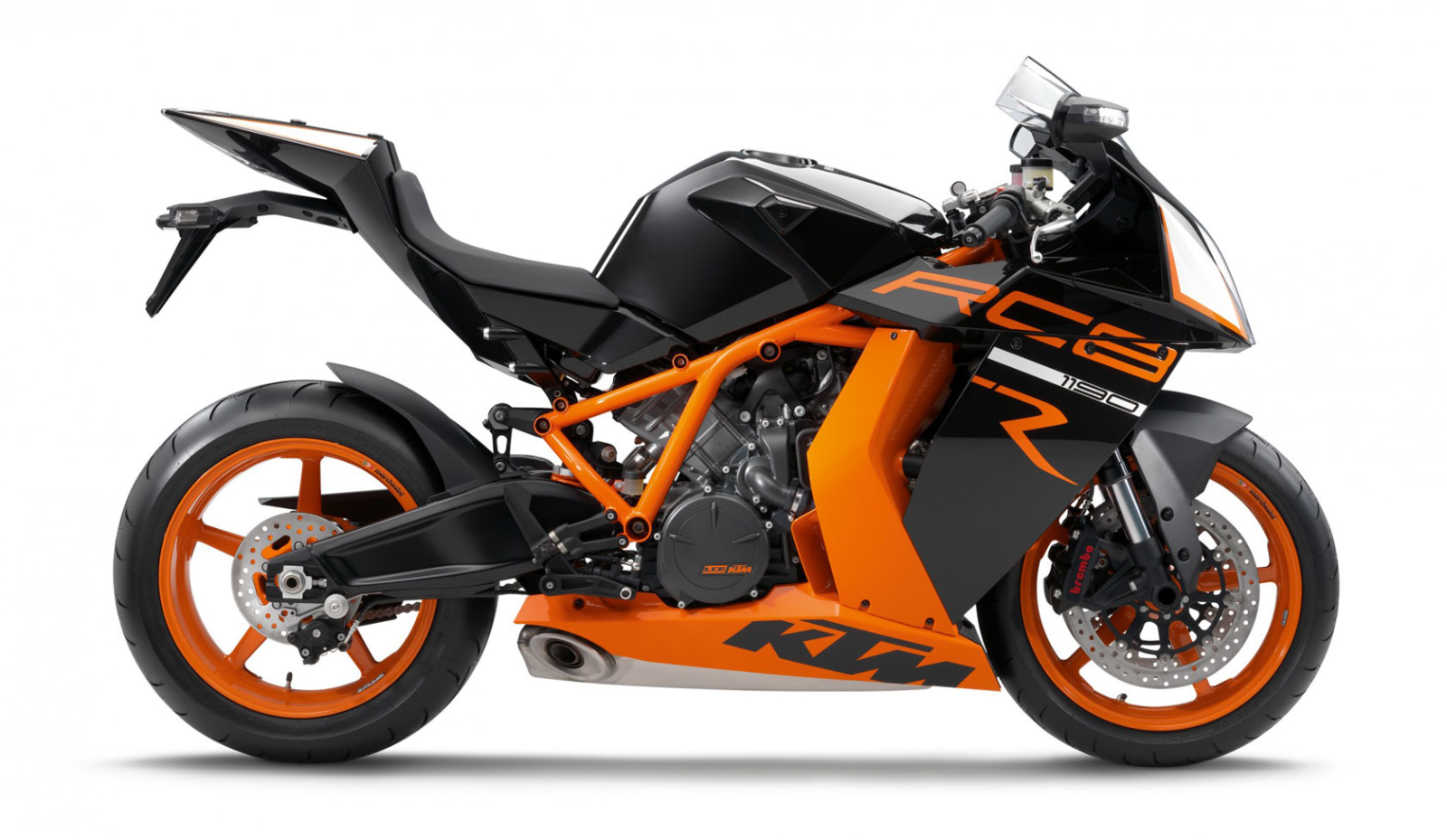Electric Bicycles
by Andy Boyd
Today, we get a boost. The University of Houston presents this series about the machines that make our civilization run, and the people whose ingenuity created them.
In the search for energy efficient transportation we tend to overlook one of the simplest most cost effective means of getting from point A to point B: walking. A person can walk a mile on the energy contained in a single egg. On the other hand, a car that gets thirty miles to the gallon would require the energy found in a dozen eggs. Walking wins hands down.

A perfect brown egg. Photo Credit: Wikipedia
Of course, walking is slower, which is why we're so quick to hop in the car. But there's an alternative to walking that's both faster and more energy efficient. That, of course, is bicycling, which cuts the walking fuel in half and makes bicycling one of the most energy efficient means of human transportation.

Pinckney Island National Wildlife Refuge, South Carolina. Photo Credit:Flickr/USFWS
Worldwide, bicycles far outnumber cars. And something we're seeing more and more of are bicycles with small electric engines, so-called e-bikes. As batteries have become smaller, lighter, and less expensive, they've also become more attractive options. Like hybrid cars, e-bikes can be designed to recapture energy lost to braking. And with their small engines, e-bikes are faster and even more energy efficient than their purely human-powered counterparts.

Schwinn Tailwind Electric Assist bike. Photo Credit: Flickr/Richard Masoner
But e-bikes face some interesting challenges. For example, what makes an e-bike a bicycle and not a motorcycle? It's more than an idle question. Motorcycles fall under the jurisdiction of a state's Department of Motor Vehicles. Owners must register motorcycles, pay special taxes, and become certified to operate them. No such requirements are needed to ride a bike.
Congress answered the question quite specifically in 2002. First, an e-bike must have a fully operational set of pedals. Without the engine, it must act like a bike. Second, the electric engine is limited to 1 horsepower, which is considerably smaller than the engines on most push mowers. And finally, when using only motor power, an e-bike can't go faster than twenty miles-per-hour. If a two or three wheel vehicle meets these qualifications, it's a "low speed electric bicycle," and it's considered a consumer product, not a motor vehicle. As such, federal regulations are issued by the Consumer Products Safety Commission, which oversees the safety of items like cell phones, baby clothes, and skin care products.
While the federal government has defined what an e-bike is, states still have the right to define how e-bikes are used. And for the time being there's not much consensus. States are decidedly split when it comes to needing a license. Many require a license, many don't. Arizona, Iowa, and Texas treat e-bikes as bicycles. Alabama and Alaska require all the same licensing and fees as motorcycles.

Orange RC8-R bike. Photo Credit: Flickr/Alexey Vinokurov
Of course, regulatory challenges aren't all that face e-bikes. From trips to work to weekend soccer games, cars are tough to replace. But when a bicycle's an option, it's nice to know that you can get by on just a handful of eggs.
I'm Andy Boyd at the University of Houston, where we're interested in the way inventive minds work.
(Theme music)
Note: The actual comparisons of energy efficiency between walking, riding a bicycle, and driving a car are dependent upon many variables. For simplicity, I have taken the energy calculations from the following website and converted them to eggs: https://en.wikipedia.org/wiki/Energy_efficiency_in_transportation.
For a related episode, see HUB MOTORS.
Copenhagen Wheel. From the Superpedestrian website: https://www.superpedestrian.com/. Accessed April 18, 2016.
Electric Bicycle Laws. From the Wikipedia website: https://en.wikipedia.org/wiki/Electric_bicycle_laws#United_States. Accessed April 18, 2016.
PUBLIC LAW 107'319'DEC. 4, 2002. From the U.S. Government website: https://www.gpo.gov/fdsys/pkg/PLAW-107publ319/pdf/PLAW-107publ319.pdf. Accessed April 18, 2016.
This episode was first aired on April 21, 2016